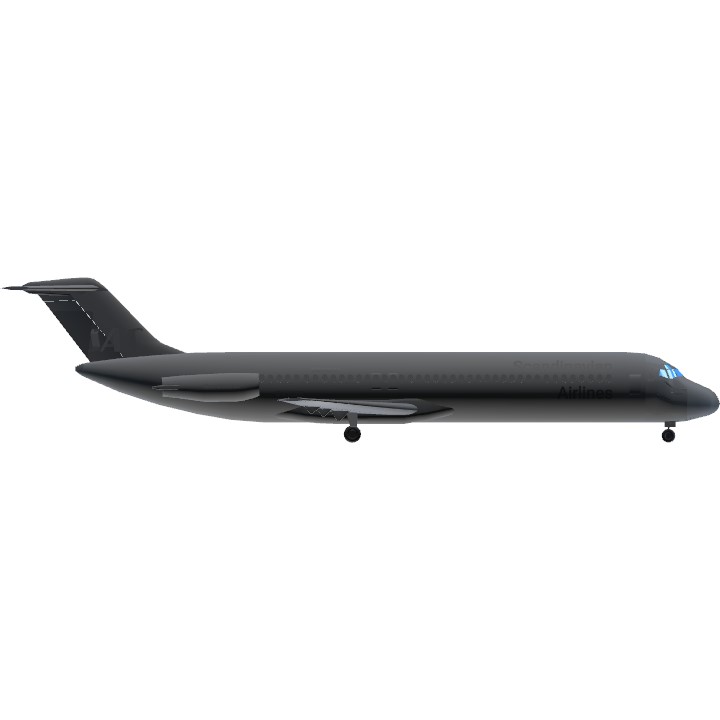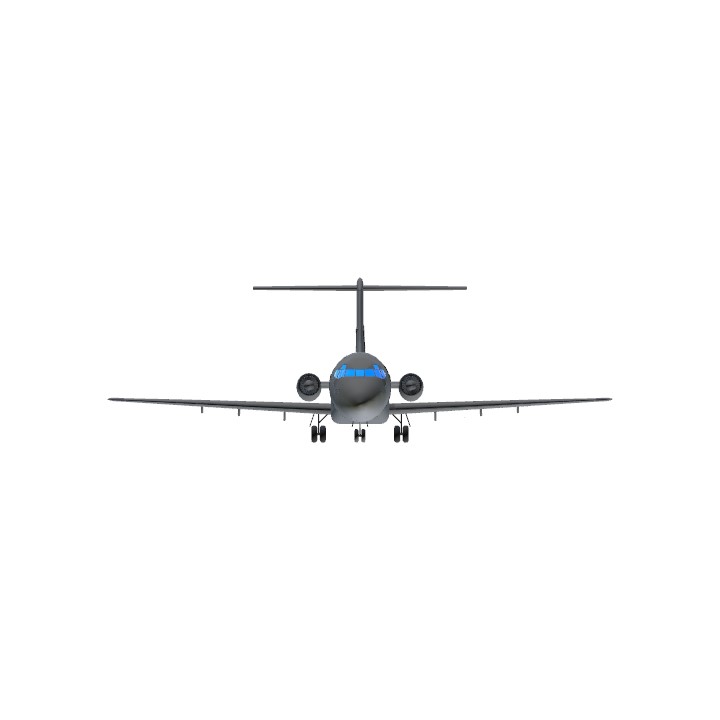
To complement their long-range DC-8 series, the Douglas Aircraft Company studied a short- to medium- haul airliner in the late 1950s. Despite many setbacks and challenges along the way, the concept was developed in to the DC-9, which first flew on February 25, 1965. Unlike competing airliners, the DC-9 was an all-new design and did not reuse much components from Douglas's previous airframes. The plane was also designed to be versatile, able to land at smaller, scrappier airport with shorter runways and less ground services.

(© Flickr/Ken Fielding)
The DC-9-40 series entered services with SAS Scandinavian Airlines in March 1968. With a fuselage stretched to 125 ft, the airframe can accommodate up to 125 passengers. Its Pratt & Whitney JT8D engines powers the jet with thrust of 14,500 to 16,000 lbf (64 to 71 kN).

About this airframe:
OY-KGR ws delivered to SAS Scandinavian Airlines on July 29, 1976 and named "Holger Viking" after Ogier the Dane (Holger Danske). It served with SAS until 2002 when it was withdrawn from service on January 7th. OY-KGR was then purchased by Finova Capital Corporation, re-registered as N325FV, and flown to Roswell, NM for storage in March 2003. It was scrapped only a month thereafter.

Credit goes to @AnIndonesianGuy for making the original DC-9 replica (dunno why it didn't automatically credit) and @realSavageMan for the SAS logo.

Specifications
Spotlights
- TheFlyingHusky 3.2 years ago
- Dragoranos 3.2 years ago
- WINGSIRONAVIATION 3.2 years ago
General Characteristics
- Created On iOS
- Wingspan 91.0ft (27.7m)
- Length 129.6ft (39.5m)
- Height 29.7ft (9.1m)
- Empty Weight N/A
- Loaded Weight 49,649lbs (22,520kg)
Performance
- Power/Weight Ratio 3.299
- Wing Loading 31.4lbs/ft2 (153.3kg/m2)
- Wing Area 1,581.0ft2 (146.9m2)
- Drag Points 7678
Parts
- Number of Parts 833
- Control Surfaces 5
- Performance Cost 3,107





Amazingggg
From what I've seen you build very well!